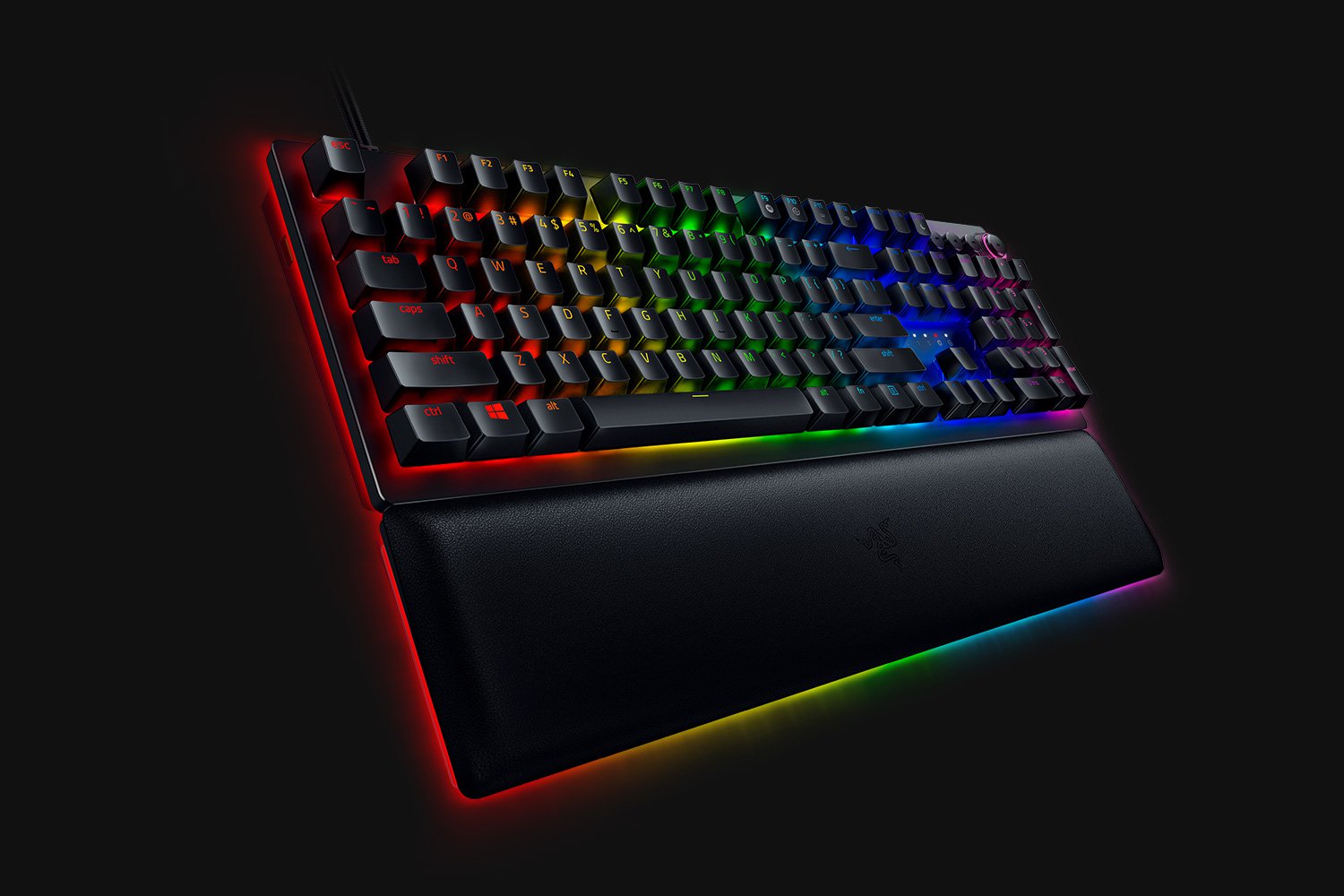How to Fix Error Code 0x8024002e
Error Code 0x8024002e - What is it?
Windows 10 error code 0x8024002e is related to the Windows update service. When you see the error code displayed on your screen, it means that the Windows update service has been blocked or not working. As a result of this error code, your computer might lag and the system may freeze while performing normal operations. The error may read as follows:
“There were some problems installing updates, but we’ll try again later. If you keep seeing this and want to search the web or contact support for information this may help: (0x8024002e)”.
Common symptoms include:
- Slow computer performance
- System freezes while performing normal operations or freezes while multitasking
- BSOD error is showing
- Some unwanted files get opened automatically
- Updating is not possible
Solution
 Error Causes
Error Causes
This error code appears because of the following reasons:
- Incomplete installation of the Windows operating system
- Incorrect registry entry
- Corrupt or damaged system files
- The computer has come under a virus attack
- Miscommunication between the computer and the Windows Automatic Update service
The decline in RAM or outdated Hard Disk Drive
Further Information and Manual Repair
Method 1:
- Remove any external media connected to the computer
- Crash reboot your PC 2 to 3 times.
- Now check if you are still having the problem.
If the problem still persists, try the following methods if you are able to boot to the desktop and check for the problem.
Method 2:
Changing Windows Update property to automatic:
You might see this error if your Windows update property is set to manual. Follow the steps below to change it to automatic.
Open Task Manager.
- Click on the Services tab. Find “Open Services” at the bottom of the window.
- A new window will pop up. Scroll down and find “Windows Update” from the list. Double click on the Windows Update. It will open its properties.
- Select Automatic for ‘Startup Type.’ Click Apply, Start, and OK.
Now, try the Windows Update and check if you are still getting the error message. If the problem isn’t resolved, reboot your PC for the changes to take effect and then try again.
Method 3:
Disable Antivirus program:
If you have any antivirus installed on your PC, you might need to disable it first and see if that helps. Although, most of the antivirus makers have made changes to work smoothly with Windows 10, it is a new Operating System and some antivirus may cause conflict.
Disable the antivirus and check for updates to see if it is preventing you from updating your system and displaying the error code 0x8024002e.
Method 4:
Run inbuilt Windows update troubleshooter. Follow the steps given below:
- Press Windows + W keys on your keyboard to enable the search option.
- In the Search box type Troubleshooting.
- Click on View all
- Click on Windows update and follow the prompts to run the troubleshooter.
If the issue persists, try Method 5
Method 5:
Run the System File Checker tool (sfc.exe):
- Open Command prompt.
- Type sfc /scannow and hit Enter.
- The sfc /scannow will scan all protected system files and replace corrupted files with a cached copy that is located in a compressed folder at %WinDir%System32dllcache.
The %WinDir% has the Windows Operating System folder. For example, C:\Windows.
Do not close the Command prompt window until the verification is 100% complete. The command prompt will show the scan results when it is done. After it is done, you may receive one of the following messages:
“Windows Resource Protection did not find any integrity violations.” This means you do not have any missing or damaged system files.
OR you may receive a message saying:
“Windows Resource Protection could not perform the requested operation.”
To resolve this problem, run the System File Checker in safe mode and make sure that the PendingDeletes and PendingRenames folders exist under %WinDir%WinSxSTemp.
OR you may also receive a message saying, “Windows Resource Protection found corrupt files and successfully repaired them. Details are included in the CBS.Log%WinDir%LogsCBSCBS.log.”
OR you may receive a message saying, “Windows Resource Protection found corrupt files but was unable to fix some of them. Details are included in the CBS.Log%WinDir%LogsCBSCBS.log.”



 When it comes to computer peripherals first thing that comes to people's minds is probably Mouse and Keyboard. Also when discussing peripherals brands, Razer is not a stranger and over the years it has built its name and cult following.
Razer’s mechanical keyboards have been always in the upper field of quality and trust from users and Huntsman is no different.
When it comes to computer peripherals first thing that comes to people's minds is probably Mouse and Keyboard. Also when discussing peripherals brands, Razer is not a stranger and over the years it has built its name and cult following.
Razer’s mechanical keyboards have been always in the upper field of quality and trust from users and Huntsman is no different.
